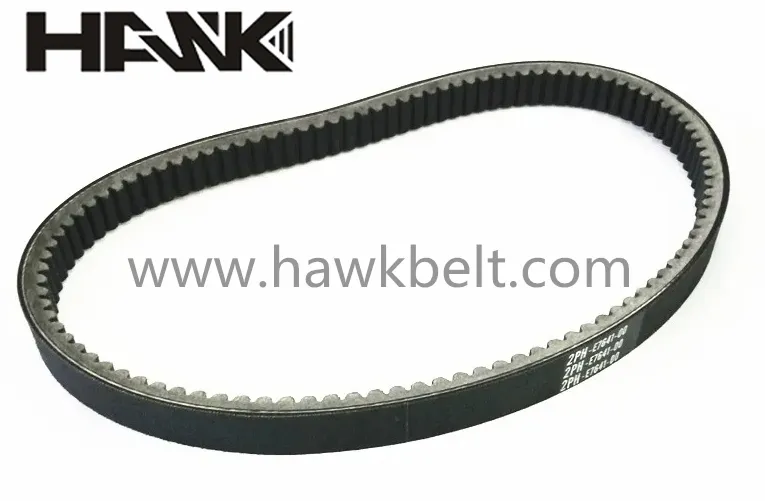- Arabic
- French
- Russian
- Spanish
- Portuguese
- Turkish
- Armenian
- English
- Albanian
- Amharic
- Azerbaijani
- Basque
- Belarusian
- Bengali
- Bosnian
- Bulgarian
- Catalan
- Cebuano
- Corsican
- Croatian
- Czech
- Danish
- Dutch
- Afrikaans
- Esperanto
- Estonian
- Finnish
- Frisian
- Galician
- Georgian
- German
- Greek
- Gujarati
- Haitian Creole
- hausa
- hawaiian
- Hebrew
- Hindi
- Miao
- Hungarian
- Icelandic
- igbo
- Indonesian
- irish
- Italian
- Japanese
- Javanese
- Kannada
- kazakh
- Khmer
- Rwandese
- Korean
- Kurdish
- Kyrgyz
- Lao
- Latin
- Latvian
- Lithuanian
- Luxembourgish
- Macedonian
- Malgashi
- Malay
- Malayalam
- Maltese
- Maori
- Marathi
- Mongolian
- Myanmar
- Nepali
- Norwegian
- Norwegian
- Occitan
- Pashto
- Persian
- Polish
- Punjabi
- Romanian
- Samoan
- Scottish Gaelic
- Serbian
- Sesotho
- Shona
- Sindhi
- Sinhala
- Slovak
- Slovenian
- Somali
- Sundanese
- Swahili
- Swedish
- Tagalog
- Tajik
- Tamil
- Tatar
- Telugu
- Thai
- Turkmen
- Ukrainian
- Urdu
- Uighur
- Uzbek
- Vietnamese
- Welsh
- Bantu
- Yiddish
- Yoruba
- Zulu
Nov . 27, 2024 13:19 Back to list
Understanding the Benefits and Applications of Rubber V-Belts in Industrial Settings
Understanding Rubber V-Belts Applications and Benefits
Rubber V-belts are an essential component in various mechanical systems, providing efficient power transmission between rotating shafts. Their unique design and material composition allow them to deliver consistent performance in a wide array of applications, from industrial machinery to home appliances. In this article, we will explore the fundamental characteristics of rubber V-belts, their applications, and the advantages they offer.
What is a Rubber V-Belt?
A V-belt, characterized by its trapezoidal cross-section, is designed to fit into a matching groove on the pulleys it drives. The rubber material used in V-belts enhances their flexibility while providing the necessary tensile strength to withstand the operational stress. These belts are engineered to handle varying loads and speeds, making them suitable for multiple drives from slow-speed agricultural equipment to high-speed automotive engines.
Key Applications
Rubber V-belts find utility in countless applications across several industries. Here are some of the primary sectors where they play a crucial role
1. Automotive Industry V-belts are integral in vehicles, connecting the engine to essential components like alternators, water pumps, and air conditioning compressors. Their reliability significantly affects vehicle performance and energy efficiency.
2. Manufacturing and Heavy Machinery In industrial settings, rubber V-belts facilitate the operation of conveyor systems, assembly lines, and various machinery types. They ensure smooth power transfer to tools, improving overall productivity and reducing wear on mechanical parts.
3. Agriculture Agricultural equipment, such as tractors and harvesters, often relies on rubber V-belts for the efficient transfer of power from the engine to different attachments, contributing to enhanced farming productivity.
4. Home Appliances From washing machines to lawn mowers, rubber V-belts enable the efficient functioning of numerous household devices. They contribute to the overall usability and longevity of these appliances.
rubber v-belt

Advantages of Rubber V-Belts
Rubber V-belts provide several benefits, making them a preferred choice in many applications
1. High Efficiency The design of rubber V-belts allows for a higher degree of friction between the belt and pulleys, leading to better power transmission efficiency compared to flat belts.
2. Flexibility and Adaptability These belts can accommodate various pulley sizes and configurations, making them versatile for different machinery setups. Their flexibility ensures that they can operate smoothly even under demanding conditions.
3. Durability and Resistance Rubber V-belts are made from high-quality rubber compounds that resist wear, temperature fluctuations, and oil spills. This durability translates to longer service life and less frequent replacements, contributing to lower maintenance costs.
4. Noise Reduction When running, rubber V-belts produce less noise than many alternative power transmission methods, leading to quieter operation in both residential and industrial settings.
5. Cost-Effectiveness Due to their durability and low maintenance needs, rubber V-belts offer a cost-effective solution for power transmission in various applications. Their relatively low upfront cost combined with longevity makes them a practical choice for businesses and consumers alike.
Conclusion
In conclusion, rubber V-belts are a critical component in the machinery and vehicles that define modern life. Their ability to effectively transmit power, coupled with their versatility and durability, makes them indispensable in various fields. As technology advances, the design and materials of rubber V-belts continue to evolve, promising even greater efficiency and performance. Understanding their functions and benefits is essential for anyone involved in machinery maintenance and operation, ensuring optimal performance and longevity.
-
Upgrade Power Steering Pump Belt for Smooth, Quiet Operation
NewsAug.27,2025
-
Precision Timing Belt & Chain: Engine Performance & Durability
NewsAug.26,2025
-
Precision Lathe Drive Belts: Durable & Reliable Performance
NewsAug.25,2025
-
84.5 Serpentine Belt: Durable & Precision Fit for Your Engine
NewsAug.24,2025
-
Premium Ribbed Drive Belts for Quiet Power Transmission
NewsAug.23,2025
-
High-Performance Vehicle Timing Belt for Engine Precision
NewsAug.22,2025

